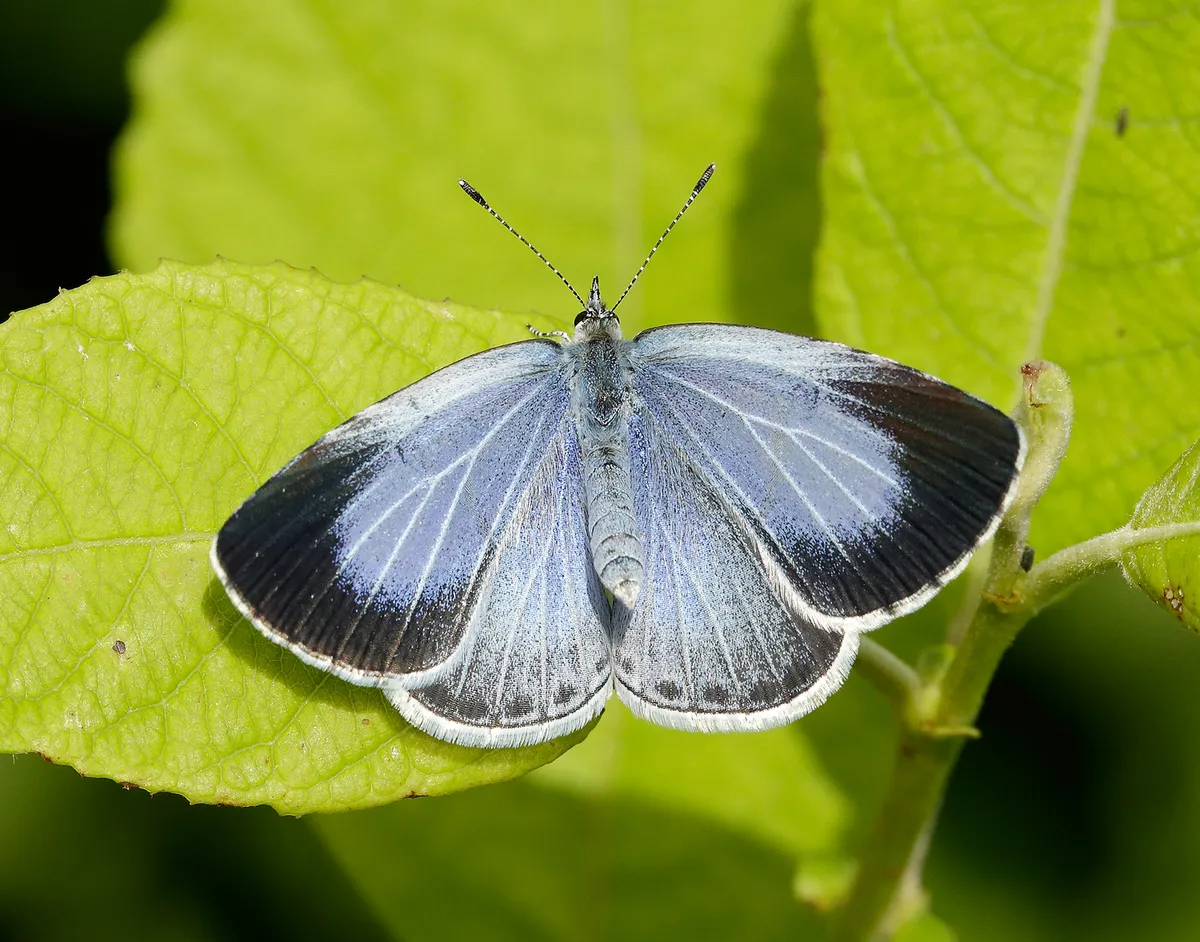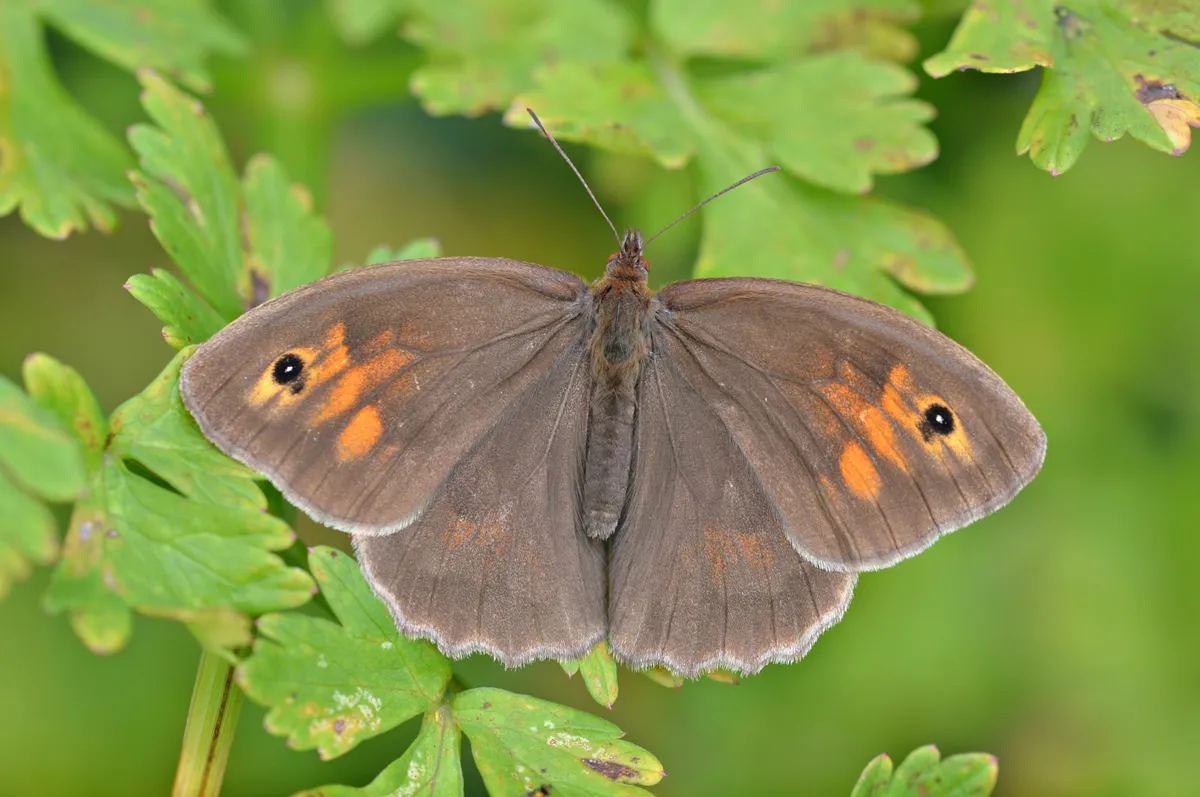Research from leading wildlife charity Butterfly Conservation has shown that leaving areas of grass to grow long in gardens can increase butterfly numbers by up to 93 per cent and attract a wider range of species.
The study, published in the journal Science of the Total Environment, provides the first scientific evidence that having long grass in gardens increases butterfly abundance and diversity. The research, undertaken by Butterfly Conservation scientists Dr Lisbeth Hordley and Dr Richard Fox, analysed butterfly sightings from more than 600 gardens across the UK collected by members of the public over six years through the Garden Butterfly Survey.
You may also like
- What is the Big Butterfly Count?
- Planting to support butterfly and moth caterpillars
- Ten garden butterflies to identify

The results showed that gardens with long grass had significantly higher numbers of butterflies recorded as well as a greater variety of species, than those without. The study also found that having flowering ivy in gardens increased the number of some butterfly species, such as Holly Blue, Red Admiral and Comma, which use ivy as a breeding habitat or for nectar.
The biggest benefits of these wilder spaces were found in urban areas and intensively farmed landscapes. In highly arable areas, gardens with long grass saw up to 93 per cent more butterflies; those in urban areas showed an increase of 18 per cent.
Dr Richard Fox, Head of Science at Butterfly Conservation said: "Nature is in crisis; 80 per cent of butterflies have declined since the 1970s, so we need to take action now to protect them. We wanted to be able to give tried and tested gardening advice that will benefit butterflies as we know lots of people want to help."

The study aims to highlight the enormous impact our gardens can have on the health of butterfly populations. Gardens make up 728,000 hectares of the UK - if each of these had a little space that was allowed to go wild it could make a huge difference to butterflies and moths; providing them with spaces to feed, breed and shelter.
You may also like
Although the study focused on gardens, it is thought that wildness in public green spaces like parks, schools, allotments and road verges could have a similar positive impact. Butterfly Conservation is calling on everyone to create their own Wild Space to help butterflies thrive.
Dr Fox added: “The simple act of creating wild spaces by allowing a patch of grass to grow long, or a border edge to go wild is free and easy to do, and can significantly boost butterfly numbers, especially in urban and agricultural settings where they are most under pressure. The benefits of each individual wild space are small, but if thousands of people get involved the boost to butterflies could be huge.
“Whether you have a large garden, a small patch of grass, a community or school space, or a balcony or window box, anyone, anywhere can help. We hope that our Wild Spaces programme will inspire people across the UK to take action and help to create a national network of butterfly-friendly habitats.”
Wild Spaces can be created by anyone, anywhere – from gardens to shared community spaces, balconies, terraces, or patios. No matter the size or location, every Wild Space can contribute to the recovery of butterfly populations and support biodiversity.
For more information and tips on how to help, head to wild-spaces.co.uk
